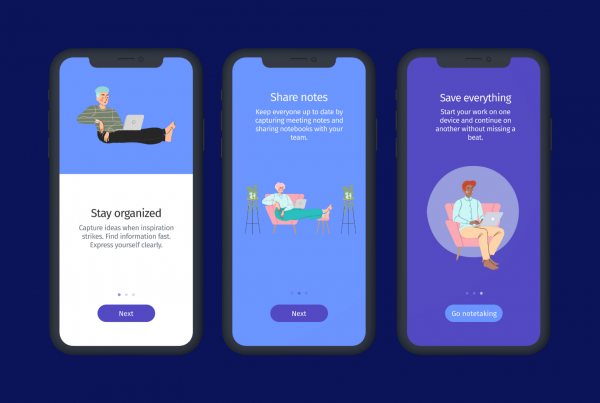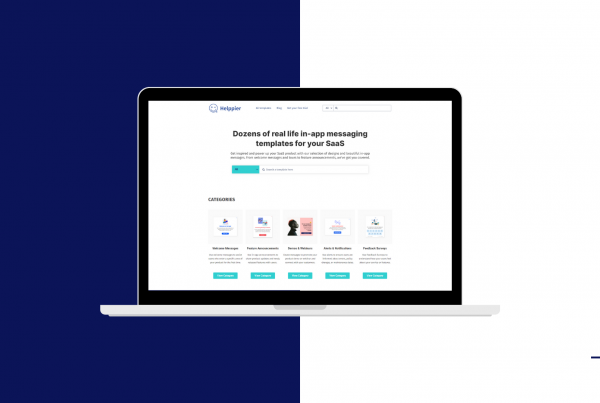Let me explain the importance of User Onboarding on the basis of this following scenario which you probably have witnessed or at least heard of.
Every two weeks you get a call from your parents. Either to check if you are still alive or to tell you about the latest family news. And they enjoy calling you, hearing your voice from time to time.
One day you explain to your parents, that you have a new App on your smartphone. You are very enthusiastic because it really speeds up communication and you can send funny pictures to people via the internet. Your parents are skeptical: Why should they use this Whatsapp if they can still call you and hear your voice?
Nevertheless, you convince them to install the app and create a ‘family group’. The first weeks you and maybe your sisters and brothers are the only ones writing or posting pictures. After some time, your parents start sending you photos from their holidays. After 2 months you are so annoyed by receiving countless videos of piano playing cats and messages like “please send this message to at least 5 friends or…”, that you decide to turn off the push messages in WhatsApp.
You can see an evolution here: In the beginning, your parents were skeptical. After they experienced the benefits they get from this App, they made sure to use it. A lot.
This is exactly how User Onboarding works. Your user does not know your product. And until he doesn’t know the benefits he will get from it, he won’t try or buy it. This Aha-moment, when he realizes the value of your product is when your user is going on board. So Onboarding can be described as the process until the user turns into a customer and signs in or buys your product. (Click to tweet)
Of course, as a company, you only have little time to convince people. Due to the fact that the average user only stays about 15 seconds on a web page, you have to get to the heart of your product pretty quickly and convincingly.
Here are 5 things you need to ensure with your Onboarding process:
The user
- knows what your company does and what your product or service is
- appreciates its benefits
- can tell the differences and advantages between you and competitive companies
- is aware of what he would miss without you (which is hopefully a lot)
- sees that the way to register is easy, uncomplicated and transparent
So how can you make sure that your user fulfills all these conditions and gets a good idea of your company and product?
If your product is a software, it can sometimes be difficult to explain what exactly it does. In general, a well-structured website with easy language, illustrations and for example demo videos is a good base. To improve your website’s usability you can also use tutorials or tooltips to guide your users to the right places.
These online walkthroughs explain step by step how to find one’s way around on your web page and how to get the information they need. This way you don’t lose your user after 15 seconds of visiting but get him stuck to your page if the product is valuable for him.
Remember the little story above:
If you manage to remove the initial skepticism and make a nice first impression, you made a pretty good job in terms of Onboarding. Following steps like signing up or even buy your product will be way easier afterward!





Hello Tory, our team really appreciate your kind words. Thank you for reading and sharing your opinion with us. Keep follow our work ????